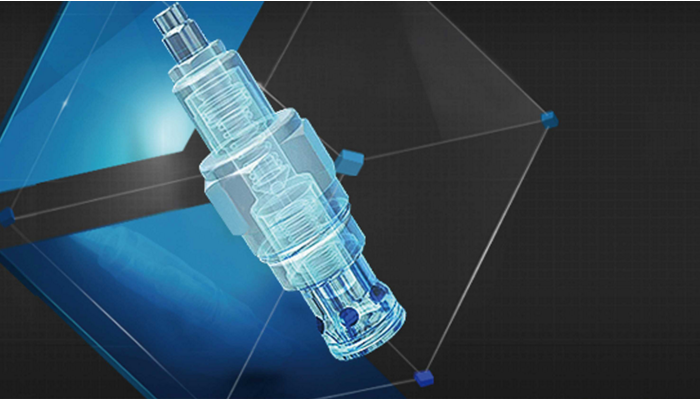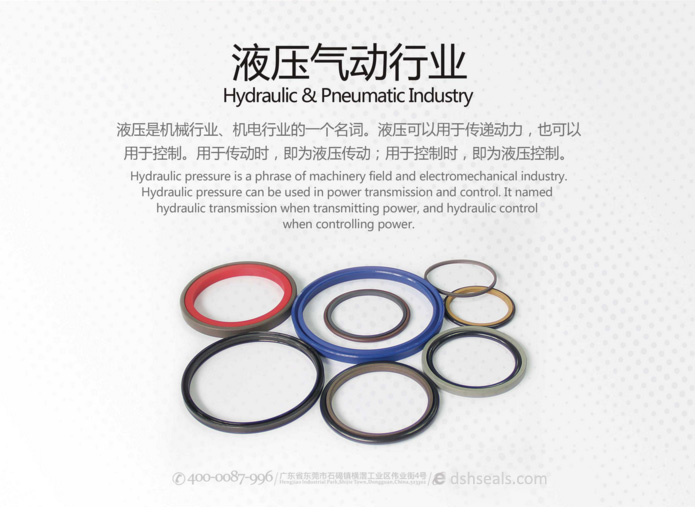Product Series
News
Basic performance of hydraulic rubber seal material
Update:2018-08-16
In the process of running the seal in the mechanical equipment, we always encounter many bad factors of the seal, such as cracking, deformation, leakage, poor hardness performance, low pressure resistance, etc... These common bad factors are related with the choice of sealing materials, such as temperature, hardness, tensile strength, elongation, rebound rate, compression set.
First, the temperature of the hydraulic seal material
The temperature range of use of the rubber seal is an important parameter. Not only the temperature used in the hot state, but also the cold operating temperature. At hot temperatures, the sealing material will begin to soften or chemically change at a certain point.
In the case of cold temperature use, the sealing material starts to harden at a certain point, which makes the sealing member become brittle until the sealing member is cracked.
Second, the hardness resistance of hydraulic seal material
Elastomer rubber sealing materials can form different hardness points. For example, the Shore hardness of an O-ring is typically in the range of 60-90. The harder O-rings resist extrusion and the softer O-rings have lower burst or sliding friction properties.
Third, the tensile strength properties of hydraulic seal material
All elastomer seal materials have lower compressive strength than other seal materials. When the tensile strength drops, it is lower than the normal value due to the influence of the surrounding environment or the assembly is incorrect, and the elastomer is damaged.


